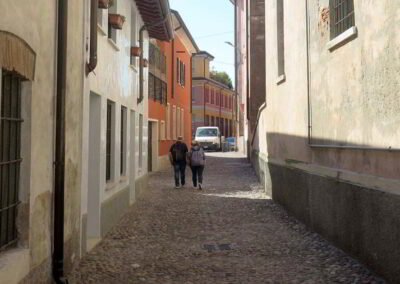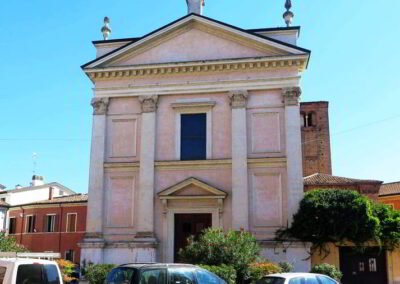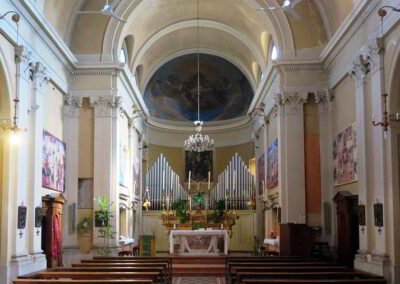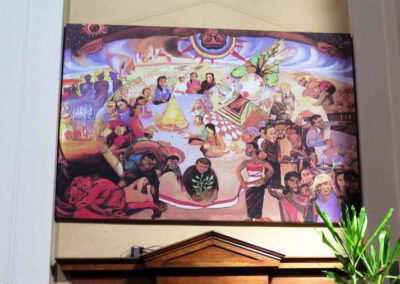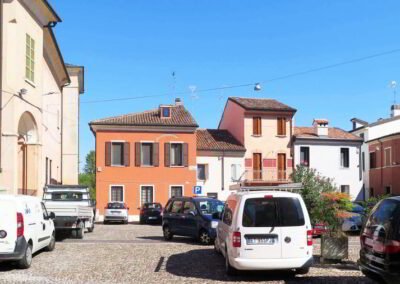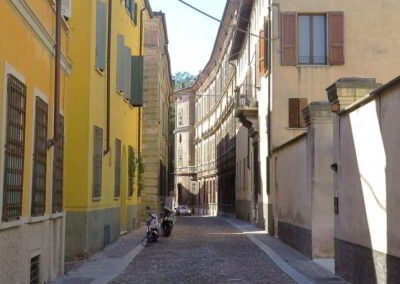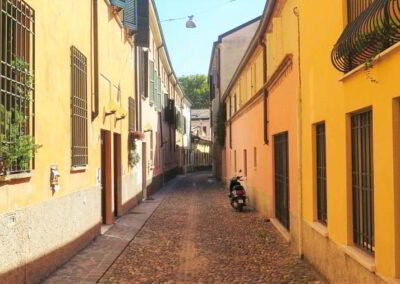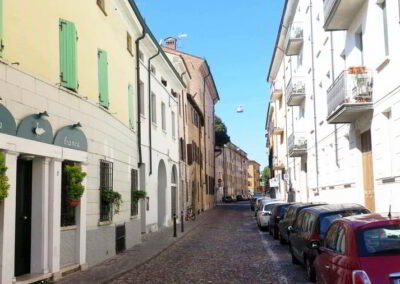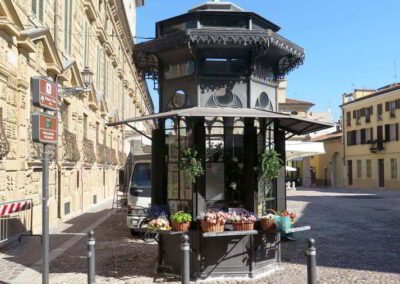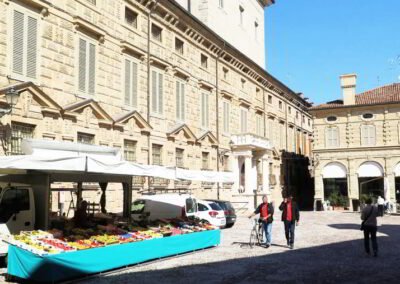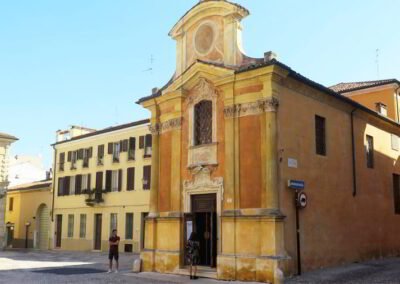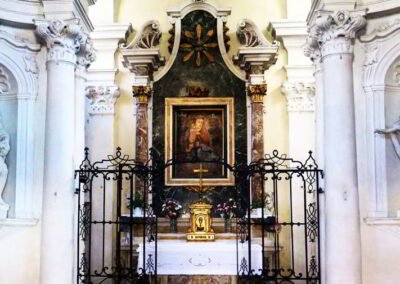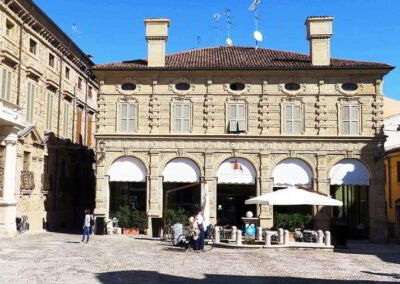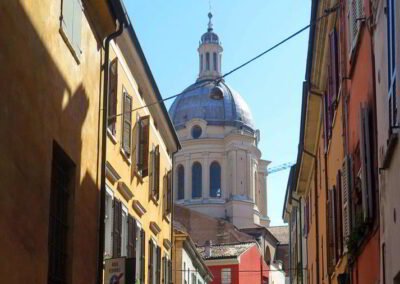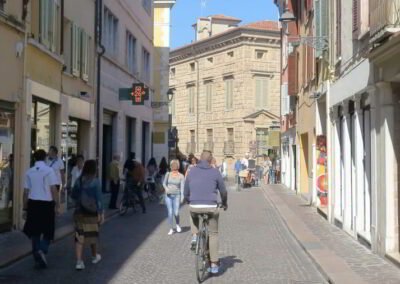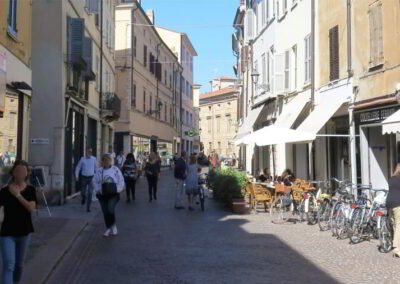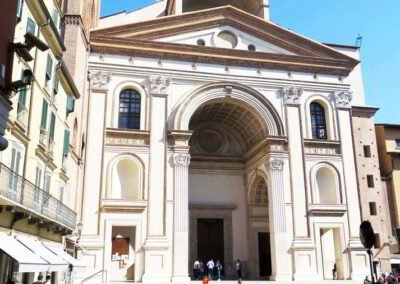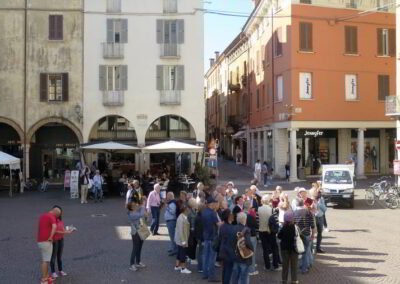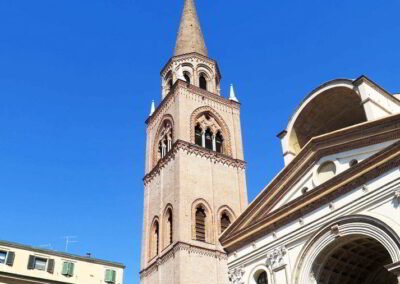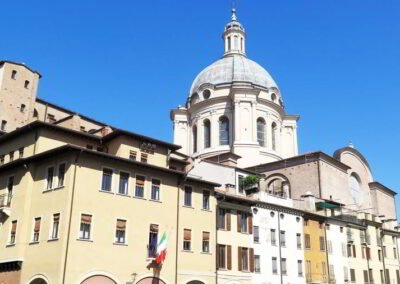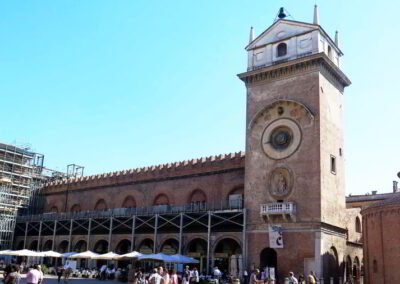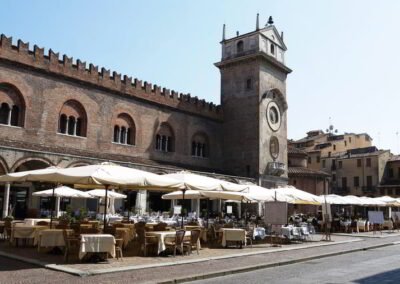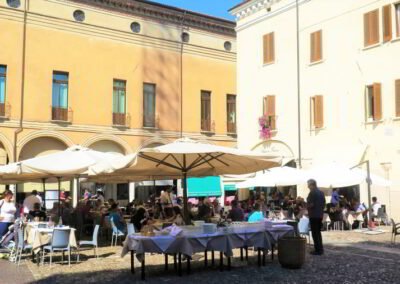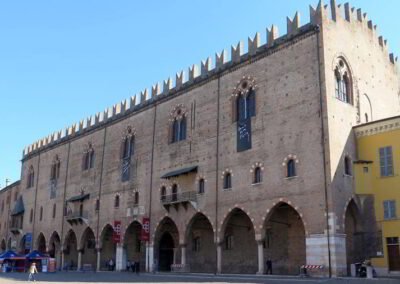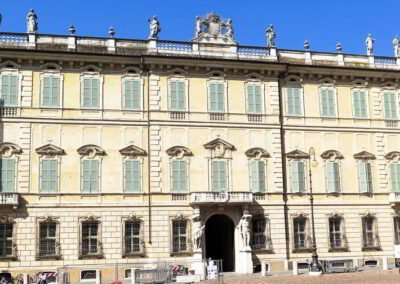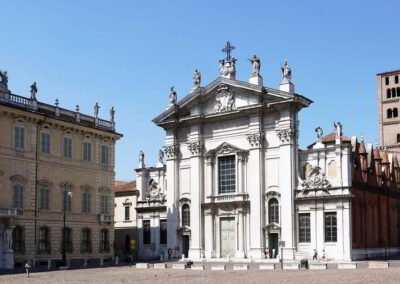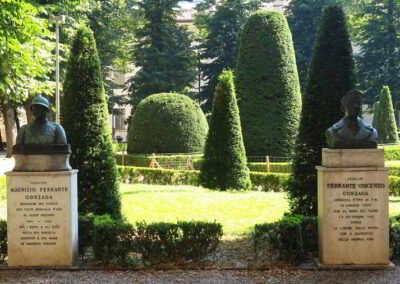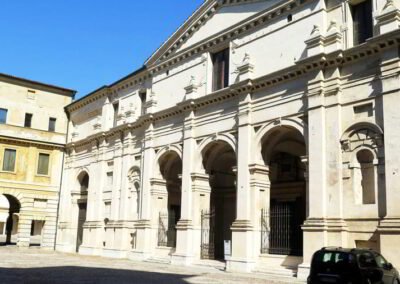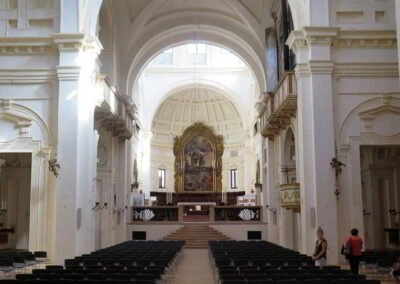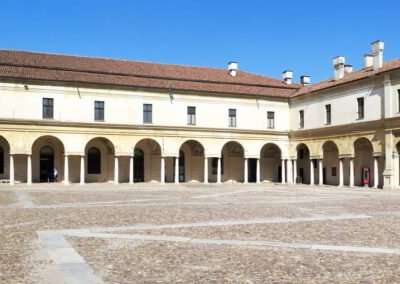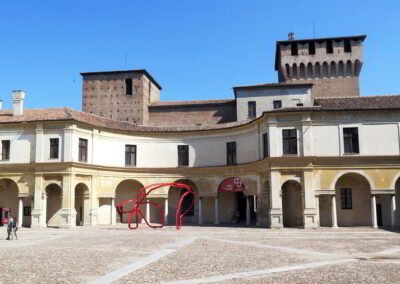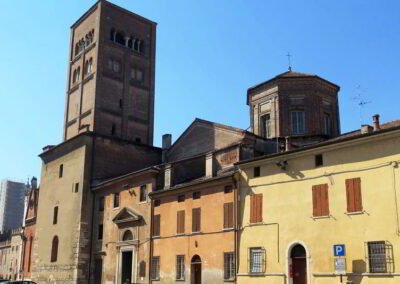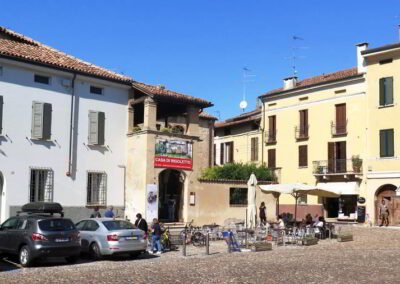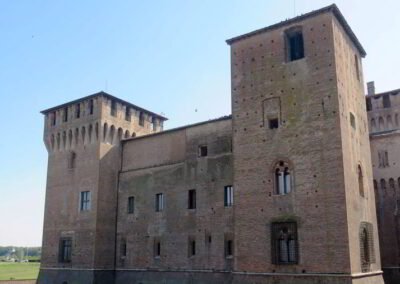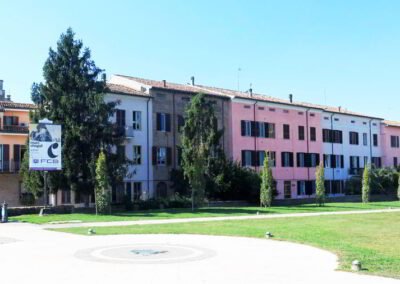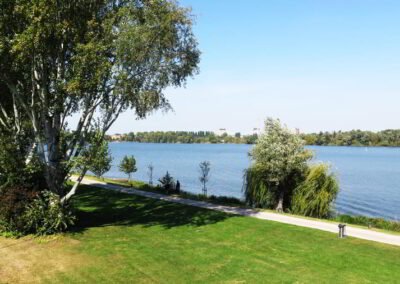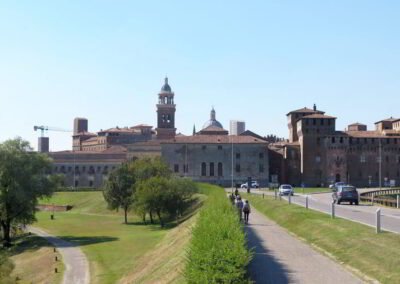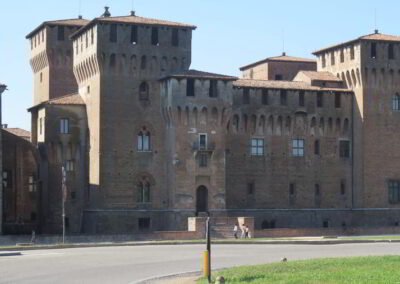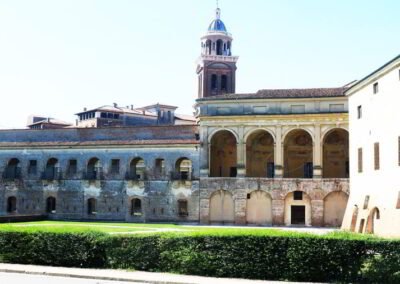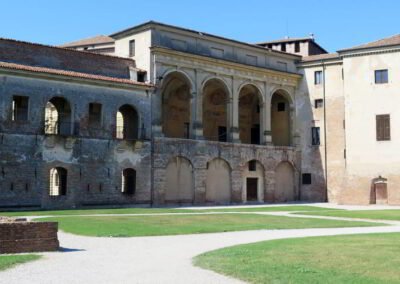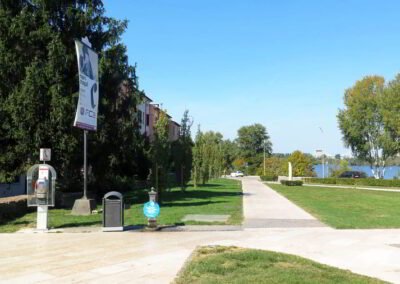HOME
THE REGIONS OF ITALY
PLACES IN ITALY
Italy in Photos
Piazza Sordello, 46100 Mantova, Italy (September 2018)
Mantova
Mantova, or Mantua, is a city steeped in history, art, and culture, situated in the Lombardy region of northern Italy. Renowned for its Renaissance architecture and significant historical significance, Mantova offers a rich tapestry of experiences for visitors. Its strategic location near the confluence of the Mincio River and surrounded by artificial lakes, adds to its scenic beauty and historical charm. Mantova’s history stretches back over two millennia. Founded in ancient times, it became prominent during the Middle Ages and Renaissance periods. The city flourished under the Gonzaga family, who ruled from the 14th to the 18th centuries and transformed Mantova into a cultural and artistic hub. The Gonzagas were renowned patrons of the arts, commissioning works from some of the greatest artists of the time, including Andrea Mantegna and Giulio Romano. One of the most striking features of Mantova is its well-preserved Renaissance architecture. The city is renowned for its impressive palaces, churches, and public buildings, many of which were designed by notable architects. The Palazzo Ducale, the former residence of the Gonzaga family, is a prime example of Renaissance grandeur. This vast complex includes beautifully decorated rooms, courtyards, and the renowned Camera degli Sposi, adorned with stunning frescoes by Mantegna. Another architectural gem is the Palazzo Te, a villa designed by Giulio Romano. This masterpiece is celebrated for its innovative and lavish decorations, including intricate frescoes and stucco work that showcase the artistic prowess of the era. The villa is surrounded by picturesque gardens, adding to its allure as a historical and artistic landmark.
Mantova is not only known for its architecture but also for its vibrant cultural scene. The city hosts various festivals and events throughout the year, celebrating everything from music and literature to food and wine. The Festivaletteratura, an international literary festival, attracts writers, readers, and scholars from around the world, further enhancing Mantova’s reputation as a cultural centre. The city’s rich culinary traditions are also a significant part of its cultural heritage. Mantova’s cuisine features local specialties such as tortelli di zucca (pumpkin-filled pasta) and sbrisolona (a crumbly almond cake), which reflect the region’s agricultural bounty and culinary traditions. Mantova is beautifully situated among a network of lakes and rivers, adding to its charm and providing scenic spots for relaxation and exploration. The lakes, which were originally created as defensive moats, now offer picturesque views and opportunities for leisurely walks and boat rides. Mantova, with its rich historical background, Renaissance architecture, and vibrant cultural life, is a hidden gem in Italy. Its blend of artistic heritage, architectural beauty, and natural surroundings makes it a captivating destination for travellers interested in exploring the depth of Italy’s historical and cultural landscape.
Worth a Visit
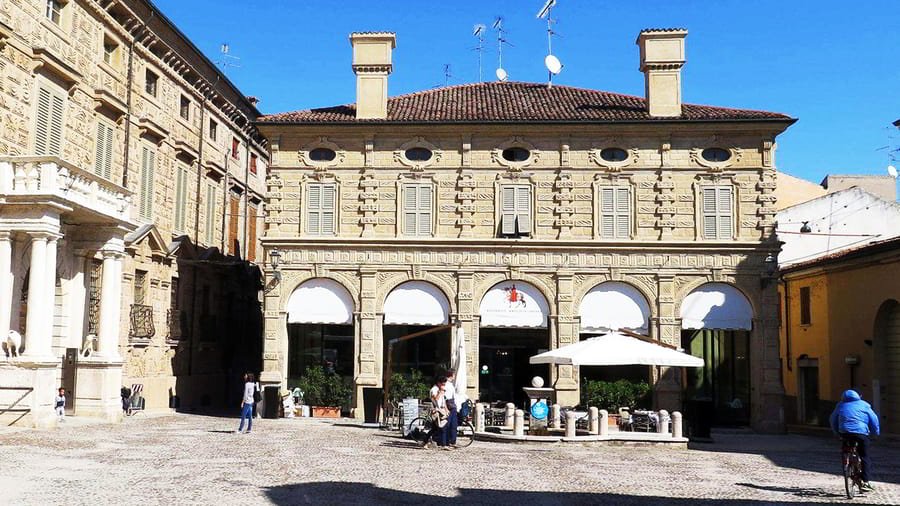
Piazza Matilde di Canossa in Mantova is a charming square that embodies both the historical legacy of the city and its enduring sense of community. Named after the powerful medieval countess Matilde di Canossa, one of the most influential figures of the eleventh century, the piazza honors a woman who played a central role in the political and religious affairs of her time. Her legacy is deeply intertwined with the region’s history, and dedicating a public space to her in Mantova highlights the city’s connection to the broader currents of Italian and European history. The square, though smaller and less grand than Mantova’s monumental Piazza Sordello or Piazza delle Erbe, offers an atmosphere of intimacy and reflection that sets it apart.
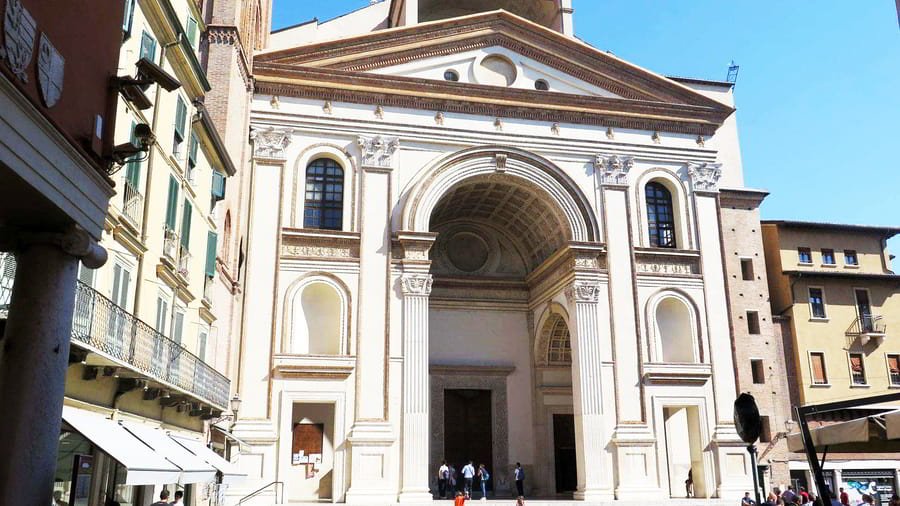
The Basilica di Sant’Andrea in Mantova is one of the city’s most celebrated landmarks and a masterpiece of Renaissance architecture. Designed by the great humanist architect Leon Battista Alberti, the basilica represents a turning point in the history of church building in Italy. Commissioned in the mid fifteenth century by Ludovico III Gonzaga, ruler of Mantova, it was conceived as both a grand religious monument and a symbol of the Gonzaga family’s cultural ambition. The church’s primary purpose was to house a relic of enormous spiritual significance, said to be vials of the Precious Blood of Christ, which according to tradition had been brought to Mantova by the Roman centurion Longinus. From the moment one approaches the Basilica di Sant’Andrea, its monumental façade captures attention. Alberti’s design combines classical harmony with Renaissance innovation.
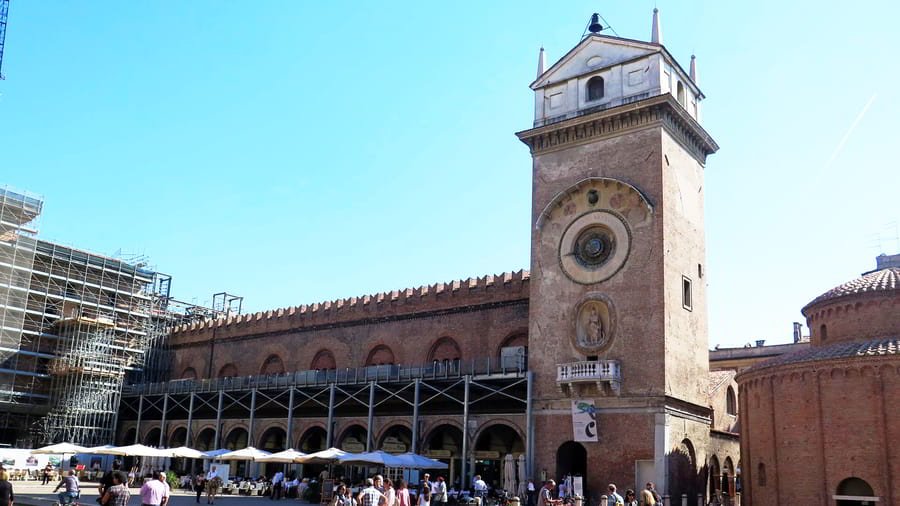
Piazza Erbe in Mantova is one of the most atmospheric and historically significant squares in the city, a place where centuries of civic, religious, and commercial life come together. Unlike the grand Piazza Sordello, which is dominated by aristocratic palaces and the Duomo, Piazza Erbe has always been a more popular and lively space, closely tied to the daily rhythms of Mantuan citizens. Its very name, meaning “Herbs Square,” recalls its origins as a marketplace where vegetables, spices, and everyday goods were traded, and this tradition of commerce continues to echo in its lively character today. The square is framed by some of Mantova’s most iconic buildings, each of which adds to its charm and historical depth. On one side stands the Palazzo della Ragione, a medieval civic building that once housed the city’s administrative offices and courtrooms.
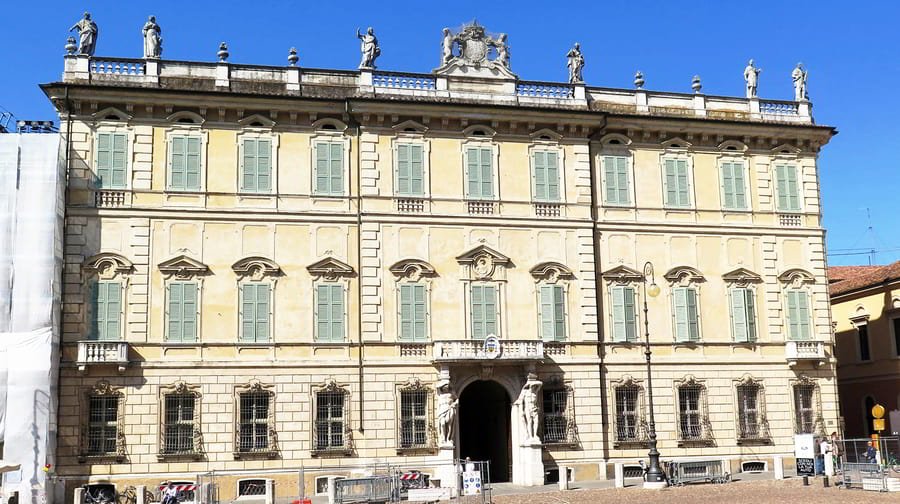
Piazza Sordello in Mantova is the city’s most important and majestic square, a grand space that has served as the political and cultural heart of Mantova for centuries. Named after the thirteenth century troubadour Sordello da Goito, the piazza was laid out in 1330 and has since been the stage for some of the city’s most significant historical events. With its vast open expanse framed by imposing palaces, churches, and civic buildings, Piazza Sordello conveys a sense of power and authority that reflects Mantova’s role as a Renaissance capital under the Gonzaga family. At one end of the piazza rises the imposing silhouette of the Ducal Palace, or Palazzo Ducale, the seat of the Gonzaga dynasty. This monumental complex of courtyards, halls, gardens, and chapels dominates the square, both physically and symbolically.
Photo Gallery of Walk 1 in Mantua – Vicolo Ospitale to Via S. Giorgio
Approximately 0.95 km – 0.59 miles
The walk starts in Vicolo Ospitale – Chiesa di San Leonardo, Piazza S. Leonardo – Via Alessandro Cavriani – Via Trento – Via Dario Tassoni – Via Giovanni Arrivabene – Via Domenico Fernelli – Piazza Matilde di Canossa – Chiesa della Madonna del Terremoto, Piazza Matilde di Canossa – Via Giuseppe Verdi – Piazza Andrea Mantegna – Basilica di Sant’Andrea, Piazza Andrea Mantegna – Piazza Andrea Mantegna
Photo Gallery of Walk 2 in Mantua – Piazza Erbe to Via S. Giorgi
Approximately 1.99 km – 1.24 miles
The walk starts in Piazza Erbe – Piazza Broletto – Piazza Sordello Giardini di Piazza Lega Lombarda – Piazza Giovanni Paccagnini – Piazzetta S. Barbara – Basilica Palatina di Santa Barbara, Piazzetta S. Barbara, – Piazza Castello – Piazza Sordello – Via S. Giorgio – Lungolago – Via Legnago – walk back along Via Legnago to Lungolago Gonzaga – walk back along Lungolago Gonzaga to Via S. Giorgio
COPYRIGHT © 2018-2025 ITALY IN PHOTOS - ALL RIGHTS RESERVED
